Latest
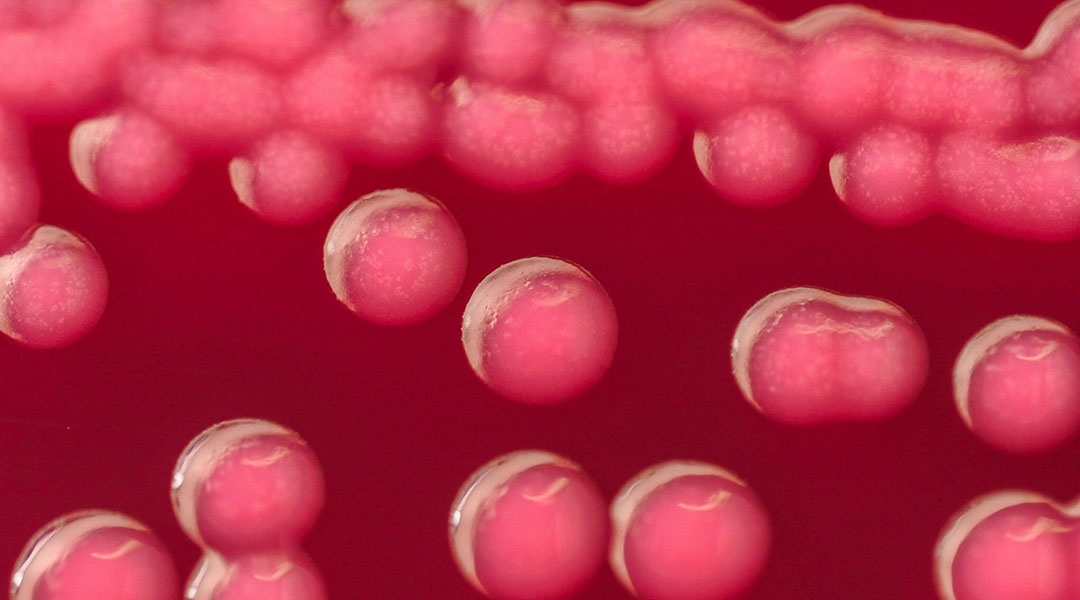
Common bacteria could be used to produce biodegradable bioplastics
Engineered Escherichia coli bacteria could be used to make sustainable biobased plastics.
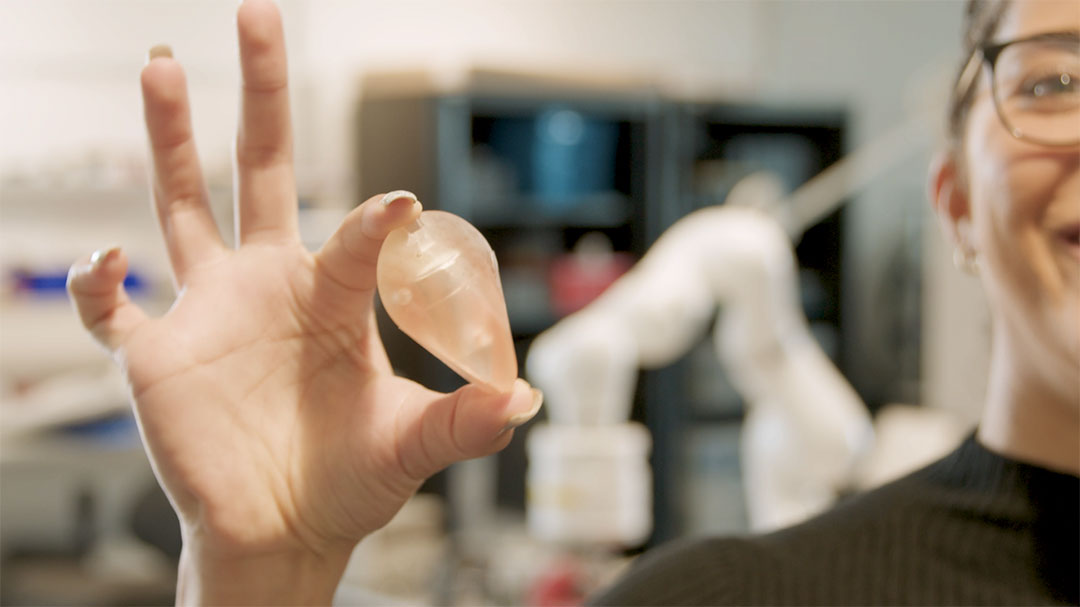
Tiny robots take 3D scans from inside the gut to diagnose cancer
A robot with a unique shape could make it possible to perform ultrasound scans deep within the gut, helping doctors diagnose colorectal cancer.
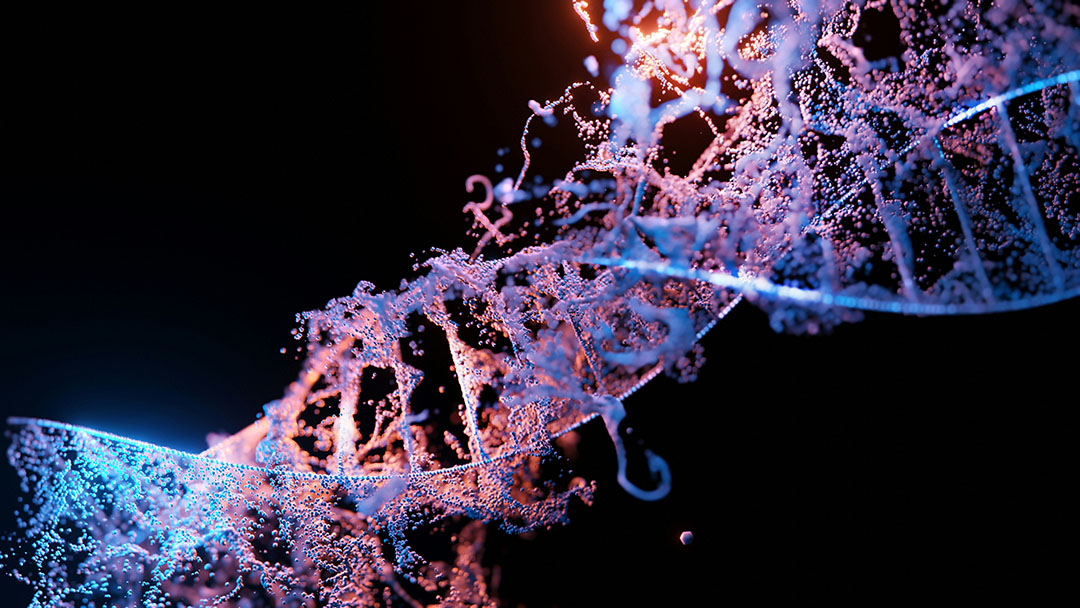
Ultra-sensitive CRISPR test detects pathogens in minutes—No lab needed
Scientists have developed a CRISPR-based diagnostic that detects pathogens in blood with million-fold greater sensitivity—without the need for DNA amplification.
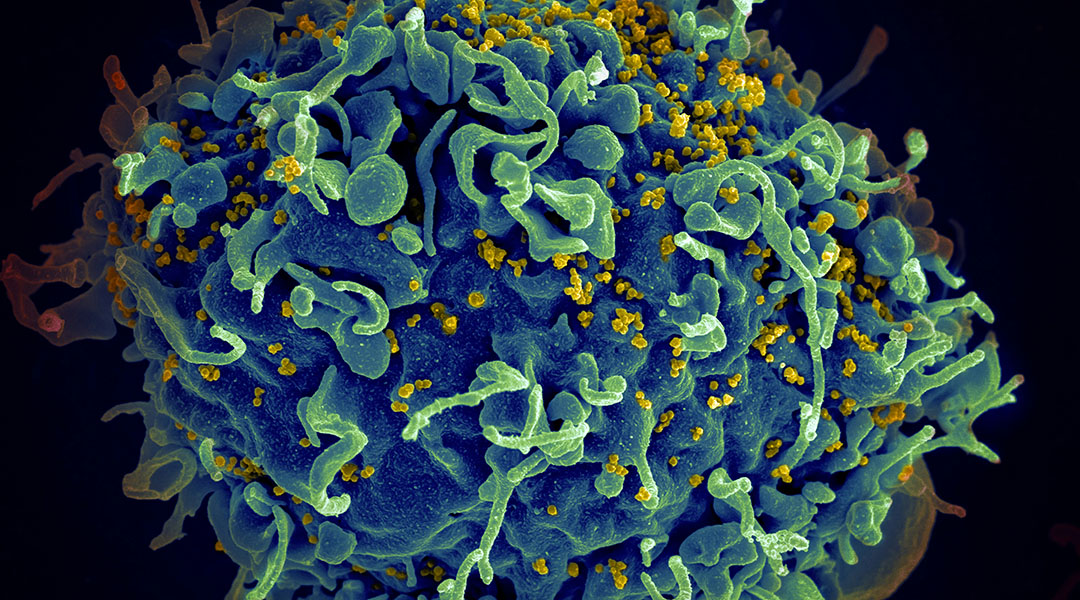
New blood markers predict long-term health risks in people with HIV
Scientists have identified key biomarkers linked to immune and metabolic dysfunction in people with HIV on long-term antiretroviral therapy.

Microplastics could be hotspots for antimicrobial resistance
Microplastics facilitate a “super slime” that is resistant to antibiotics, sparking concern about antibiotic resistance in heavily polluted areas.
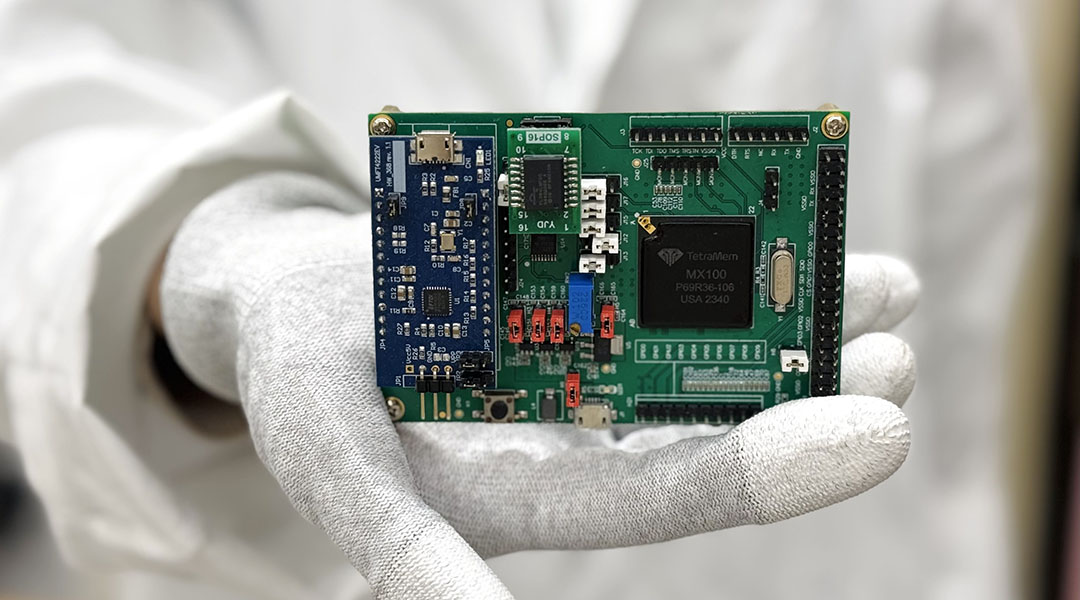
Heart attack and liver cancer early warning system powered by AI and nanotech
The system detects biomarkers for life-threatening diseases, such as heart attacks and cancer, enabling timely medical intervention.
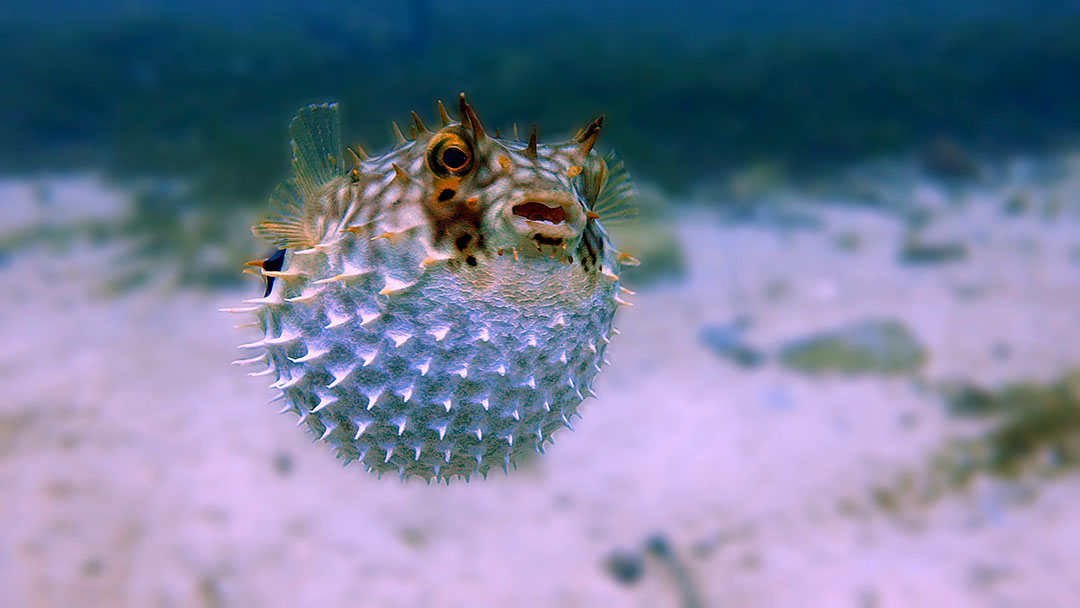
A marker pen loaded with pufferfish toxin could help treat chronic pain
Scientists have developed a marker pen to deliver tetrodotoxin, a powerful neurotoxin found in pufferfish, to treat severe skin pain.
ASN Weekly
Sign up for our weekly newsletter and receive the latest science news directly to your inbox.
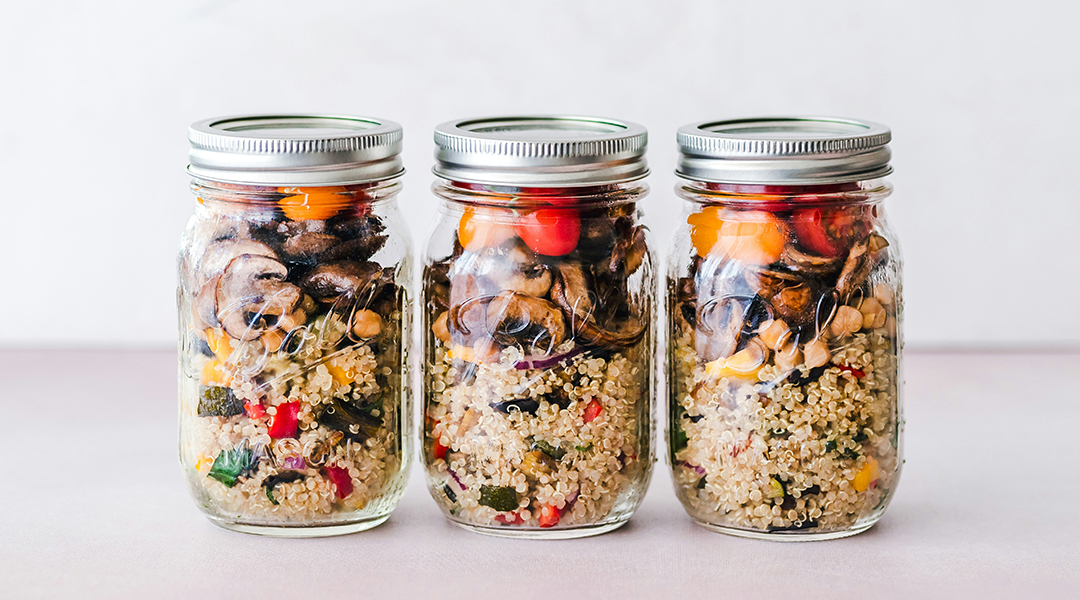
A bionic sensor “sniffs” out food freshness to cut down on waste
This visual sensor connects to your fridge and syncs with your smartphone, providing real-time updates to help reduce food waste.
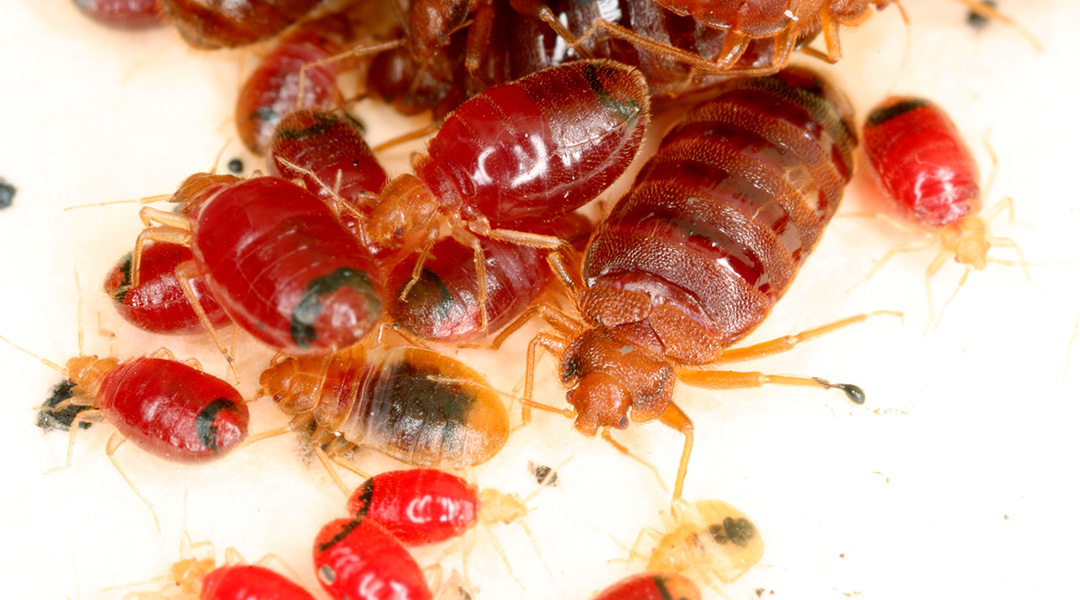
How bed bugs might help crack criminal cases
Forensic science may soon harness these blood-sucking pests, analyzing the blood they feed on to link suspects to crime scenes.

New radar system to help protect first responders in smoky situations
SmokeNav combines an inertial sensor and millimeter-wave radar to enhance situational awareness for first responders in hazardous conditions.

Cracking quantum hacking with flawed crystals
Scientists are using crystal imperfections to generate secure encryption, paving the way for quantum-resilient data protection.
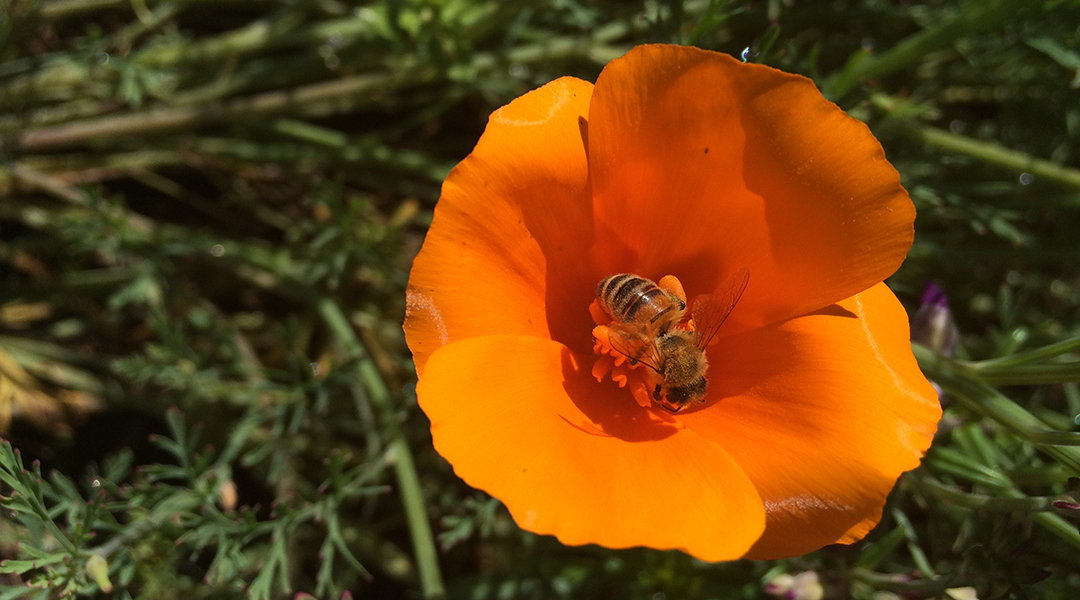
Honey bees boost crop pollination, but at a cost to wild bees
Honey bees compete with wild bees for resources in croplands, but nutritious wildflower plantings can mitigate these effects.

Study finds 75% of Facebook links shared without clicking or reading
People holding political extreme beliefs on either end of the spectrum were more likely to indulge in this behavior.

New treatment for opioid overdose could also stop withdrawal symptoms
New drug reverses fentanyl overdoses by targeting opioid receptors outside the brain, avoiding withdrawal caused by traditional treatments.
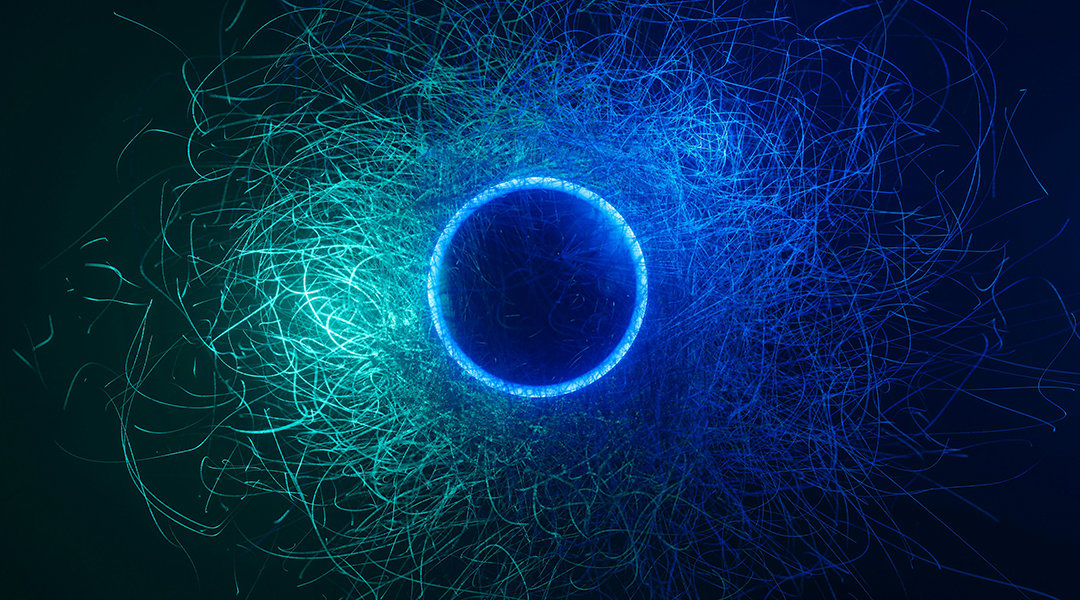
Researchers take a glimpse at the structure of rare tetraquarks
A new study explores tetraquarks, predicts new exotic particles, and offers deeper insights into their complex structure and behavior.

Fungi could unlock the recycling of carbon fiber
Scientists have developed a process to recycle carbon fiber into valuable chemicals with the help of fungi.
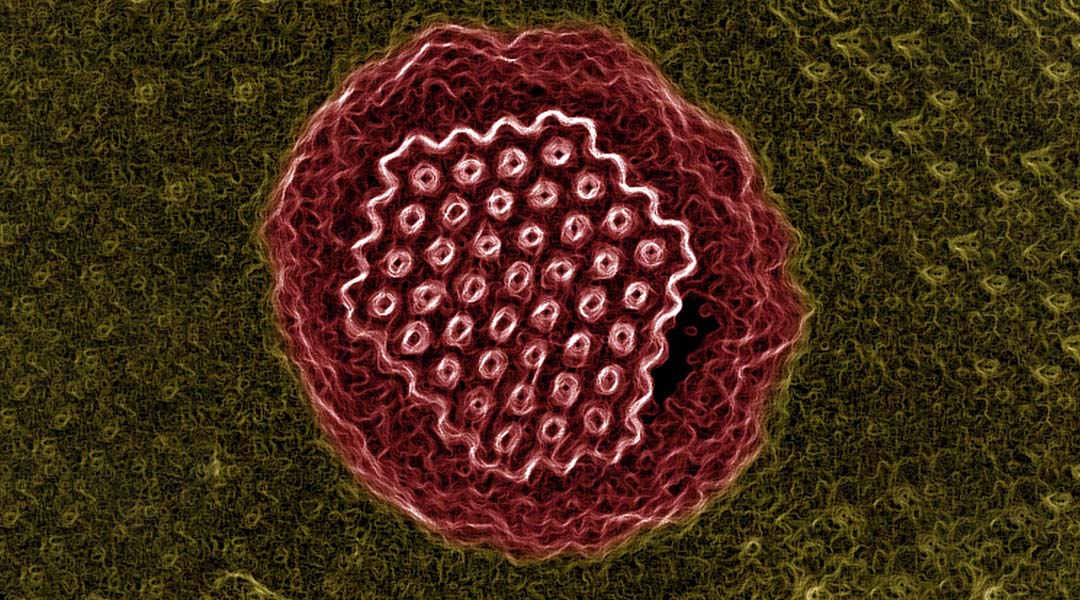
Bringing ancient viruses back to life
How seven ancient viruses ranging in age from 27,000 to 48,500 years were recovered from the Siberian permafrost, and what researchers hope to learn from them.
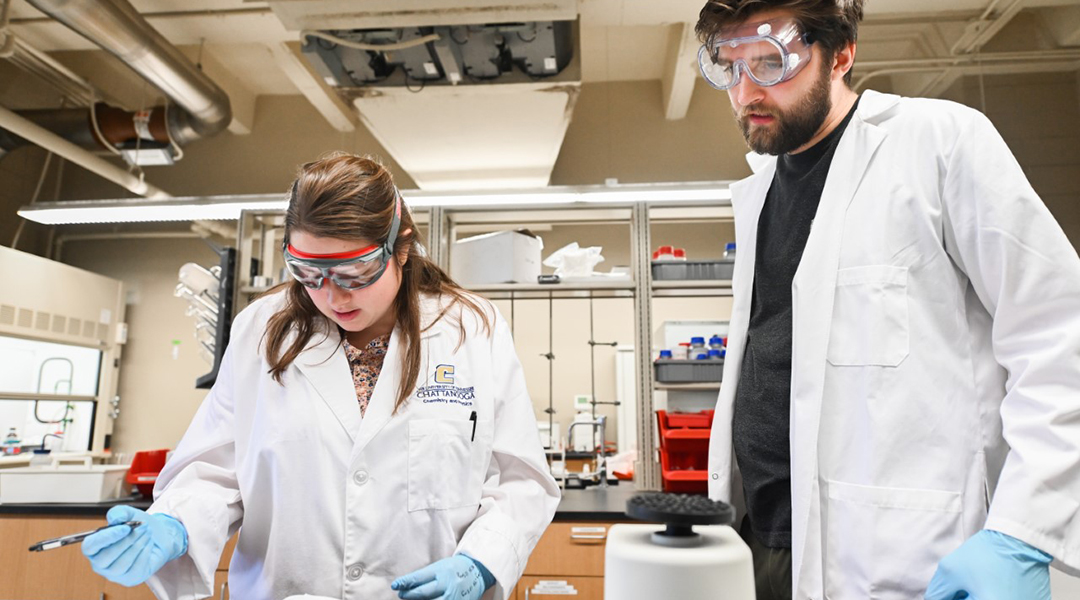
Meredith Barbee: Support your students, let them know you care about them
Meredith Barbee puts her students at the center, fostering critical thinking, independence, and skills for any career they might choose.
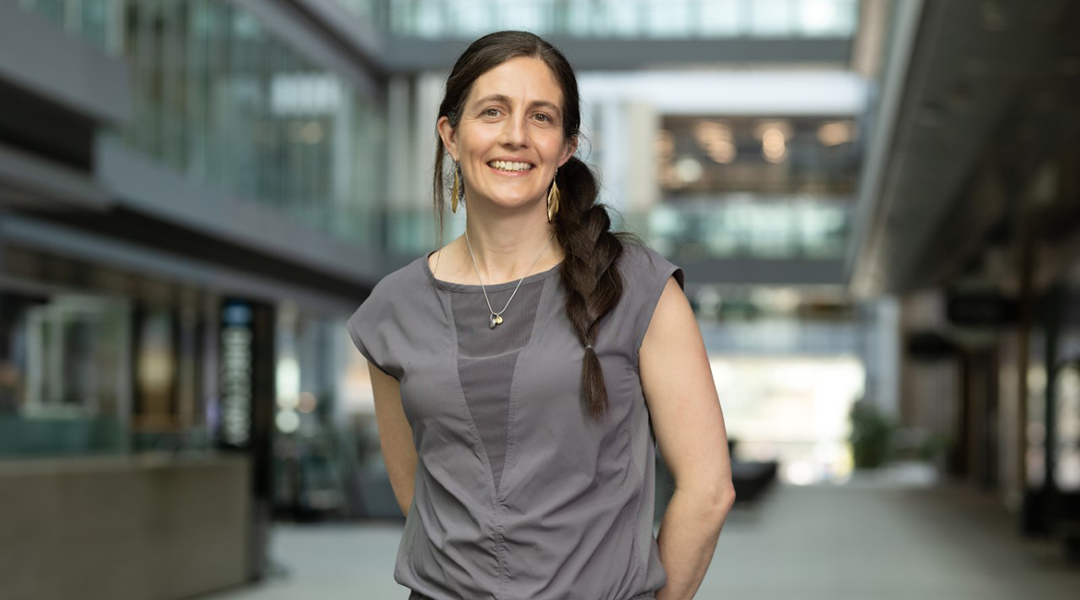
Alison McGuigan: Unravelling the intricacies of cellular organization
Using unique artificial microenvironments, chemical engineer Alison McGuigan is getting to the bottom of cell behavior.
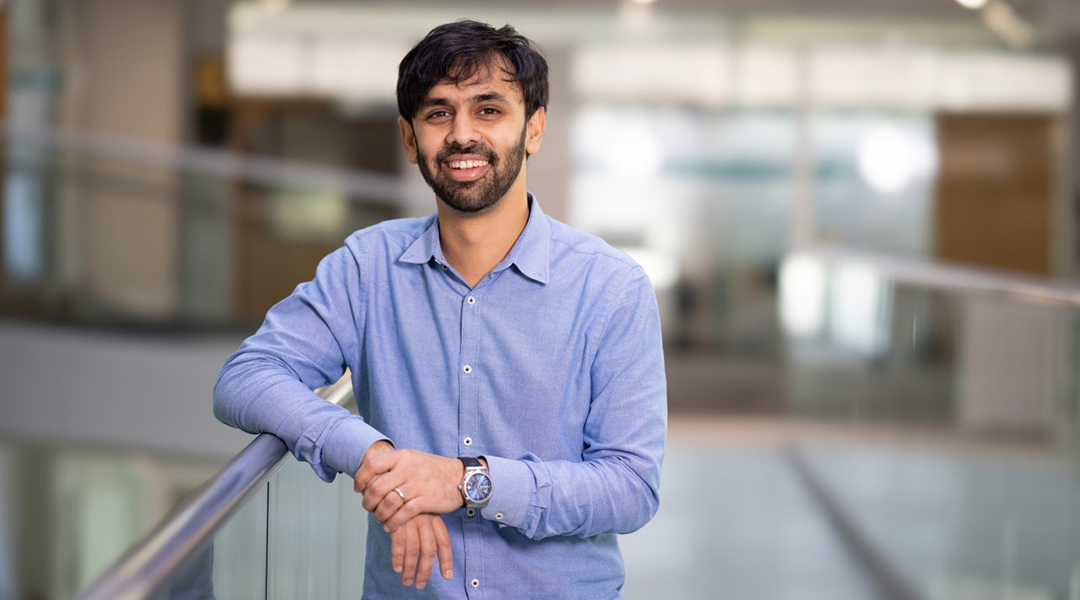
Gautam Dey: From open-ended searches emerge our most transformative discoveries
Biologist Gautam Dey is deciphering the evolution of the cell nucleus to answer fundamental questions in biology.

Anonymous name change policies for a more inclusive publishing world
Following the tireless efforts of researchers and scholars, name change policies are becoming more prominent among scientific publishers, sparking hope for meaningful change.

Bin Liu: “Turn whatever you are dreaming about into reality”
The unconventional chemist talks innovations in material science, putting science to work to help solve societal problems, and how to see the best in everything.
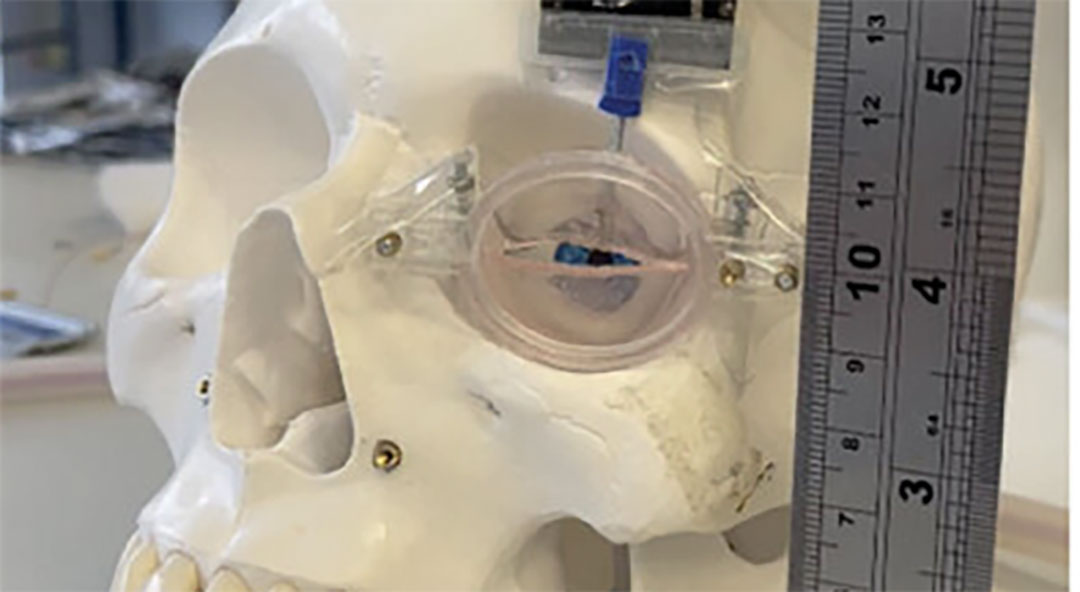
Artificial muscle could help facial paralysis sufferers blink again
A soft implant could avoid multiple surgeries and long waiting times while improving the living conditions of facial paralysis sufferers.

Speaking multiple languages may benefit children with autism
Study finds that speaking multiple languages may improve executive functioning and reduce autism symptoms in children.

Mouse study reveals multi-generational benefits of exercising during pregnancy
Maternal exercise during pregnancy enables multiple generations of mice to inherit enhanced fitness, with vitamin C playing a key role.
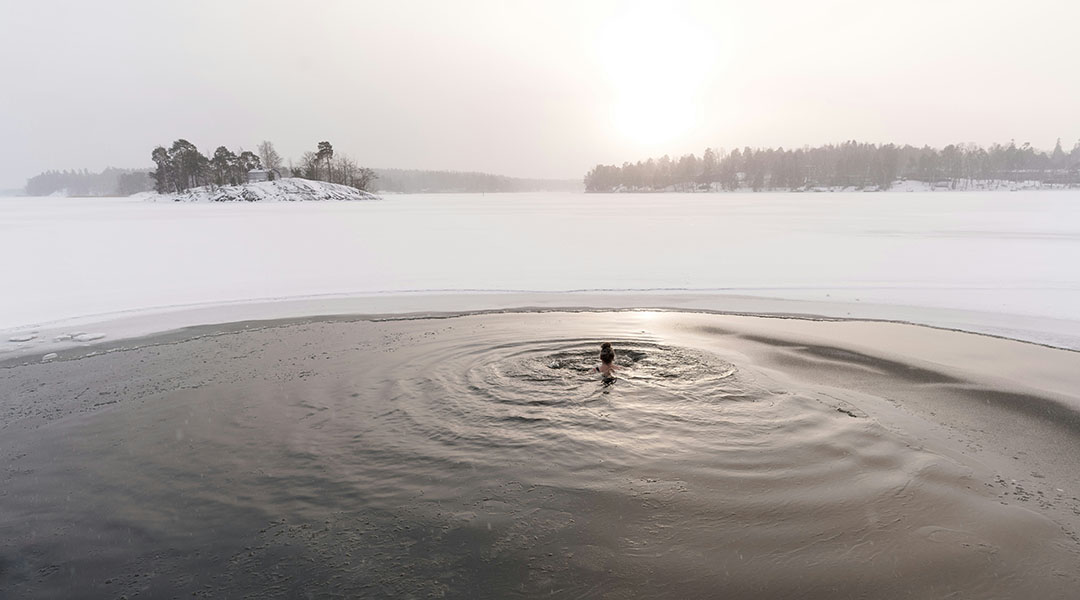
Cold shock from ice baths leads to stronger cells
New study reveals how repeated cold-water exposure enhances the cellular defenses, promoting adaptation to extreme temperatures.
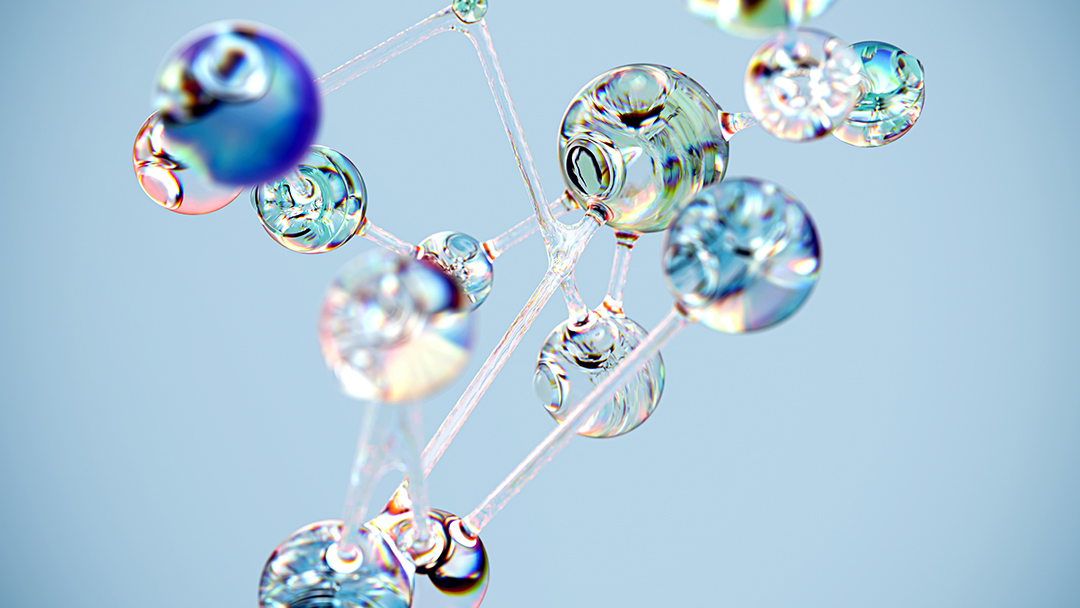
Computer system helps scientists understand how cancer could be reversed
BENEIN is a computer network that can identify the master regulators that cause normal cells to go cancerous.

Securing data with bright entangled photons
Secure data sharing methods using quantum key distribution via satellites promise advancements in long-distance quantum communication.

Quantum communication could be integrated into existing fiber optic networks, new study shows
Quantum communication doesn’t necessarily need to be delayed; it might be possible to integrate it into existing fiber optic networks.
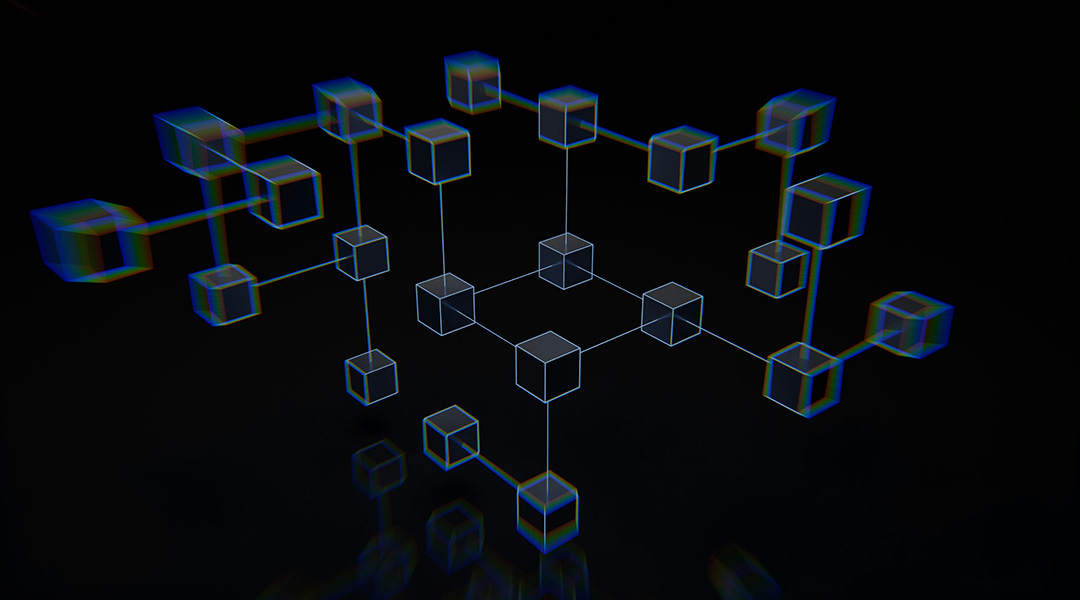
Calculating the true environmental costs of AI
The rapid growth of AI brings hope of unprecedented advancements in many sectors but what is its real carbon footprint?
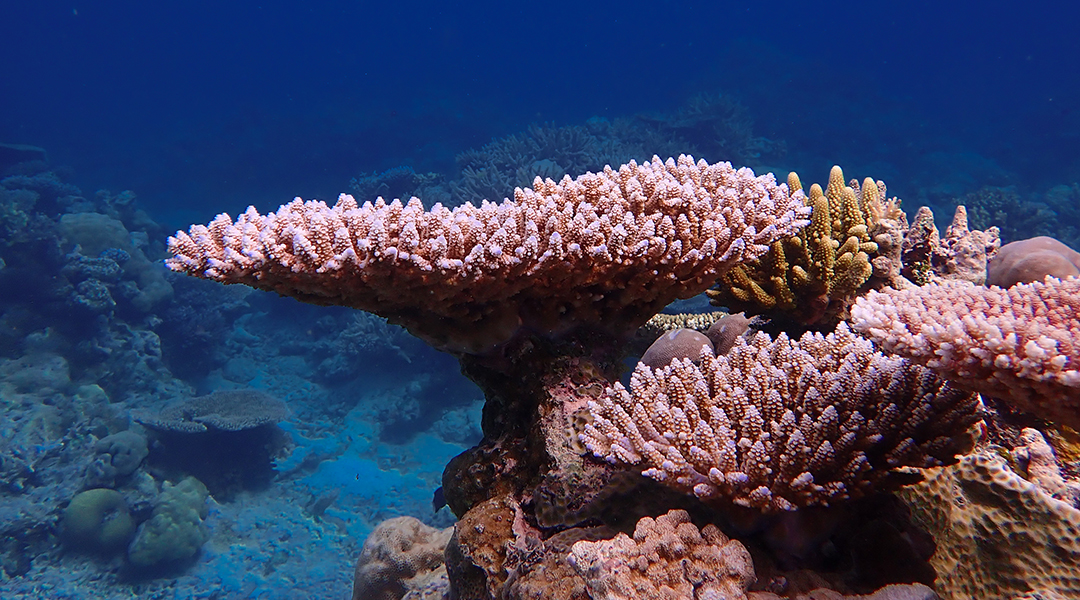
Can coral evolution keep pace with climate change?
Scientists explore how corals could adapt to climate change to survive, but stress that cutting emissions is crucial for their future.

Solar concentrators are turning glass into clean energy generators
Transparent solar concentrators capture the Sun’s energy, making windows and building facades more energy-efficient and sustainable.
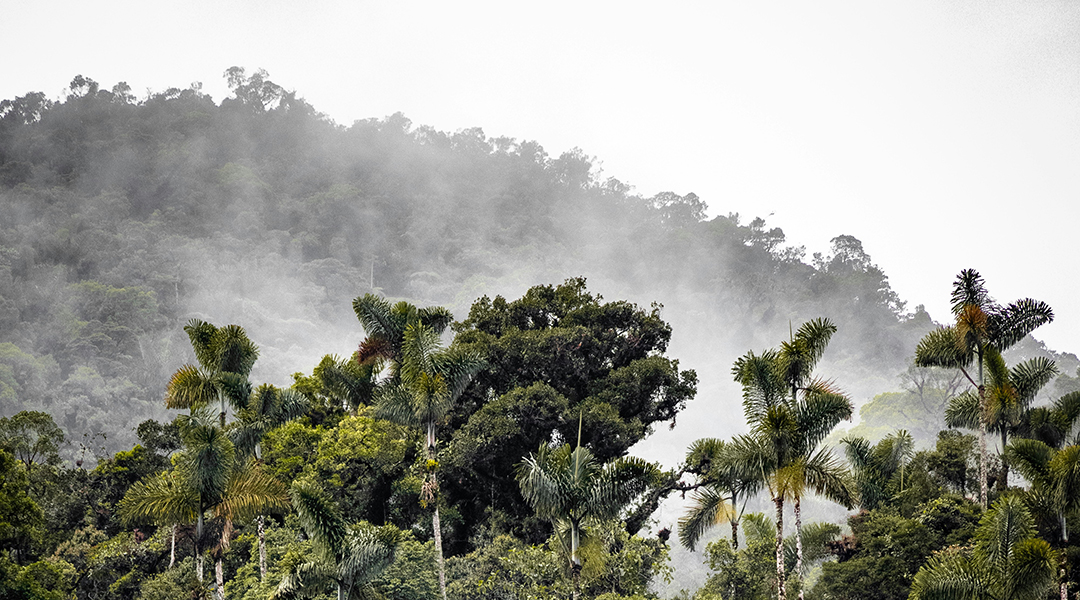
Scientists identify the driver behind a mysterious particle cloud over the Amazon
A molecule emitted by rainforest plants plays a key role in forming mysterious aerosol particles in the region’s upper troposphere.
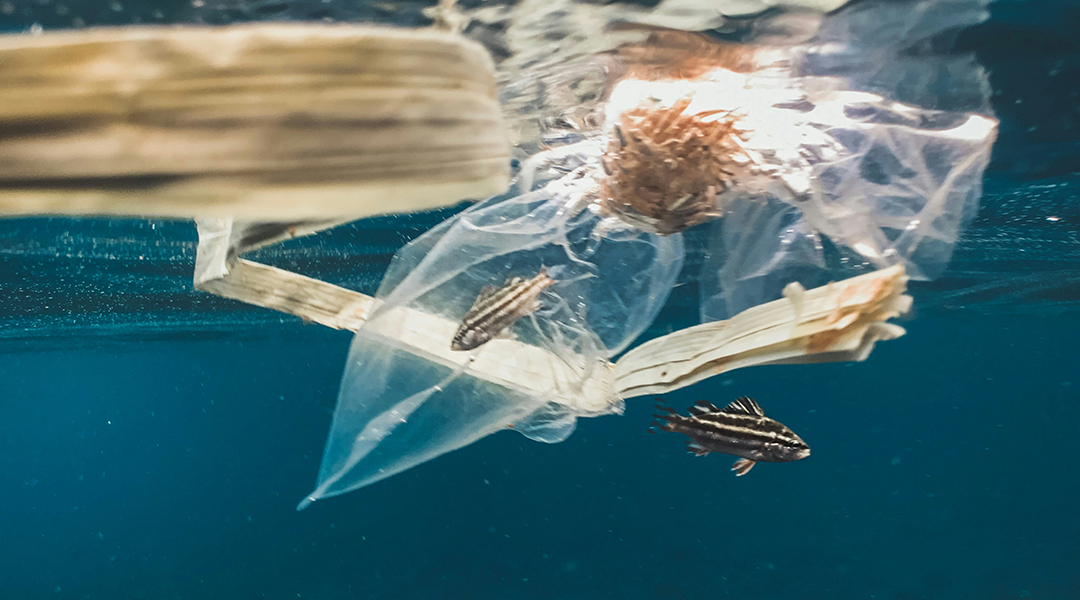
New plastic material fully degrades in the ocean
A new material designed to dissolve only in salt water could help us prevent the accumulation of microplastics in the seas.
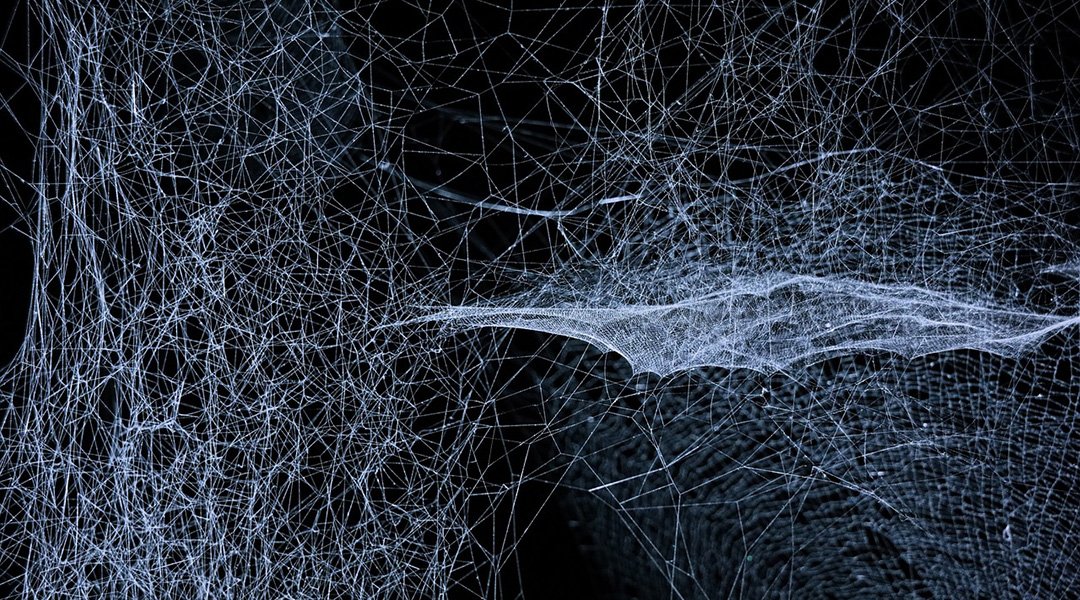
A “dark dimension” could help explain the origin of dark energy
Scientists propose that mysterious dark energy could be understood if we look at the Universe through the lens of string theory.
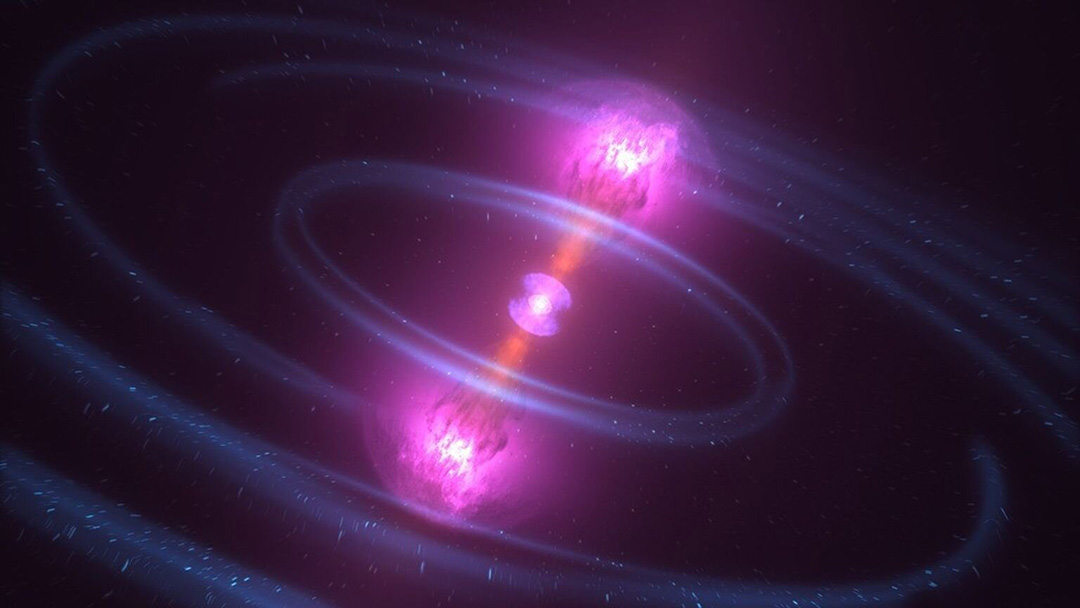
The secrets of a “rejuvenated” star revealed through its chemical fingerprint
Discover how the rare star HD 65907, a field blue straggler, formed from the merger of two stars.

Quantum communication could be integrated into existing fiber optic networks, new study shows
Quantum communication doesn’t necessarily need to be delayed; it might be possible to integrate it into existing fiber optic networks.

How gamma rays developed the chemical complexity of the cosmos
Researchers have built a better picture of how complex molecules developed in the early Universe before becoming essential for life.
